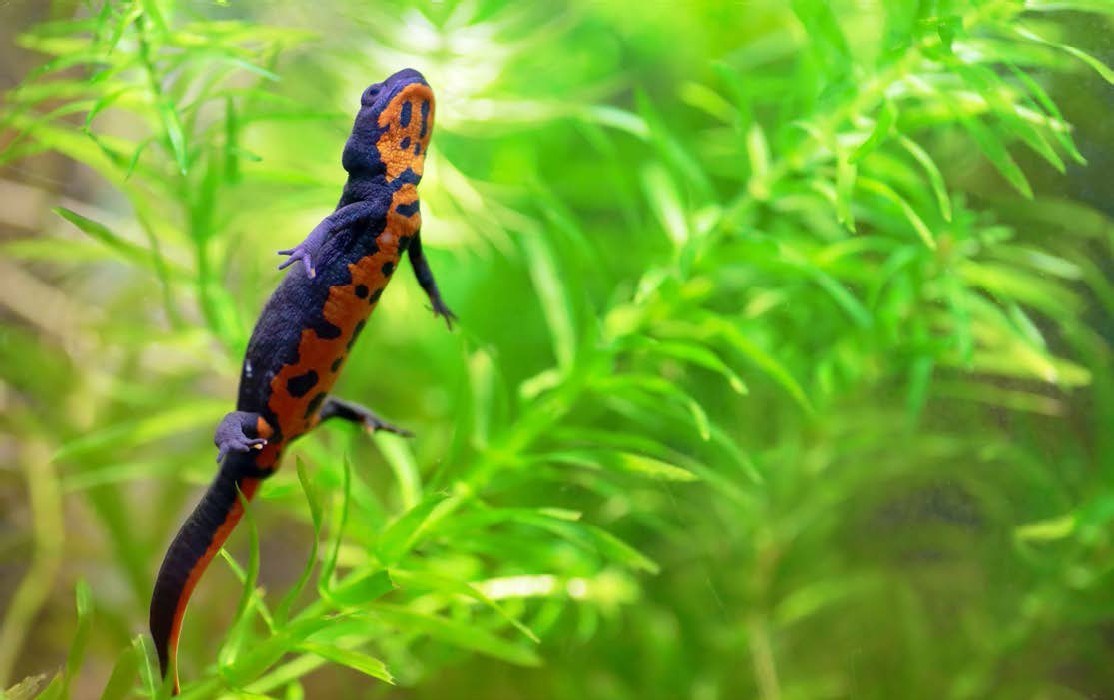Amphibians Breathe Through Lungs. All adults are carnivorous but larvae are frequently herbivorous. Additionally, they are able to breathe through their skin.

Many young amphibians also have feathery gills to extract oxygen from water, but later lose these and develop lungs. Humans breathe exclusively through their lungs, but frogs use their lungs for only part of their respiration. Although most of the amphibians have lungs, they usually breathe through their skin and lining of their mouth, whereas most reptiles do not.
Tadpoles And Some Aquatic Amphibians Have Gills Like Fish That They Use To Breathe.
Their skin has to stay wet in order for them to absorb oxygen so they secrete mucous to keep their skin moist (if they get too dry, they cannot breathe and will die). Amphibians utilize gills for breathing early in life, and develop primitive lungs in their adult life; Due to the evolution that occurs with every amphibian during metamorphosis, their lungs change as well.
Most Amphibians Breathe Through Lungs And Their Skin.
Early in life, amphibians have gills for breathing. 15 votes) their skin must stay moist to absorb oxygen and therefore lacks scales. Most amphibians breathe through lungs and their skin.
To Produce Inspiration, The Floor Of The Mouth Is Depressed, Causing Air To Be Drawn Into The Buccal Cavity Through The Nostrils.
Amphibians are born in water therefore, in this first stage of their life when they are young, breathe through the gills, like a fish. Amphibians such as frogs use more than one organ of respiration during their life. A frog may also breathe much like a human, by taking air in through their nostrils and down into their lungs.
Most Amphibians Breathe Through Lungs And Their Skin.
There are a few amphibians that do not have lungs and only breathe through their skin. The skin breathing goes along with the active breathing through the lungs. Lives on water and land.
Most Amphibians Breathe Through Lungs And Their Skin.
So, amphibians breathe through the use of gills at one stage in their life cycle and then through lungs at a different stage of their lives, but amphibians will always use cutaneous breathing. As long as their skin is moist, they can absorb oxygen directly from the air or water through the skin. A frog’s croaking may be annoying, but to counteract its aesthetically ugly voice, it has one of the most fascinating abilities in the animal world—frogs breathe through both their lungs and skin.